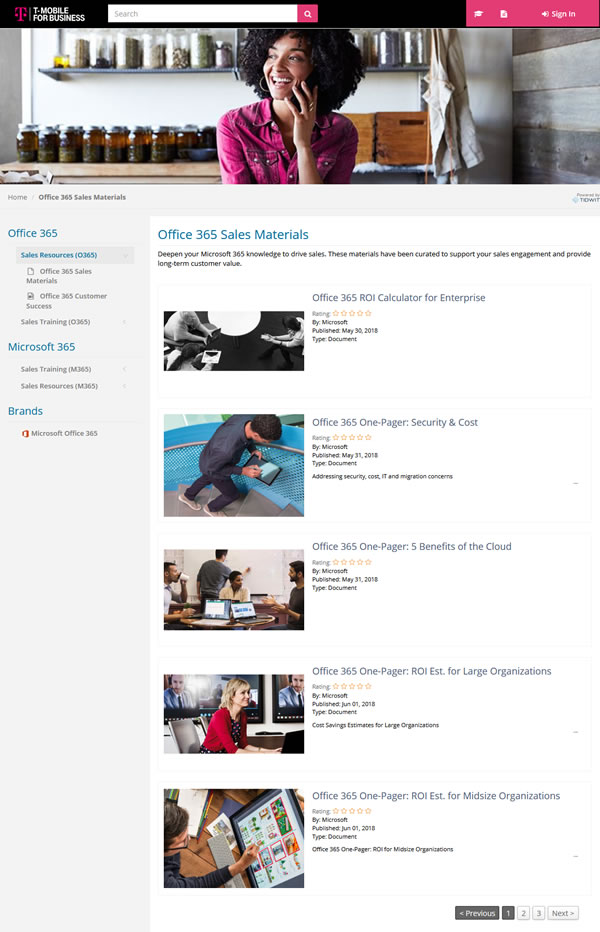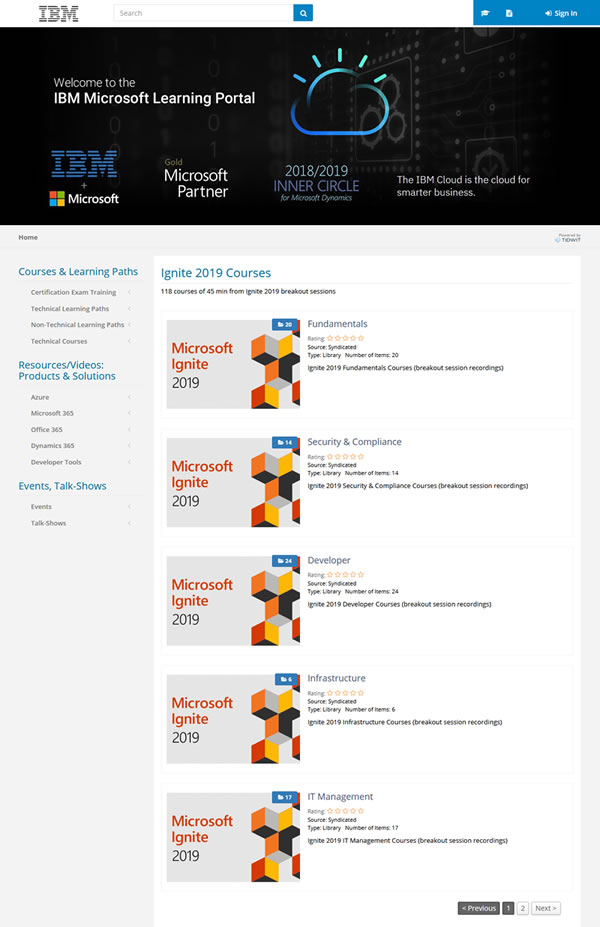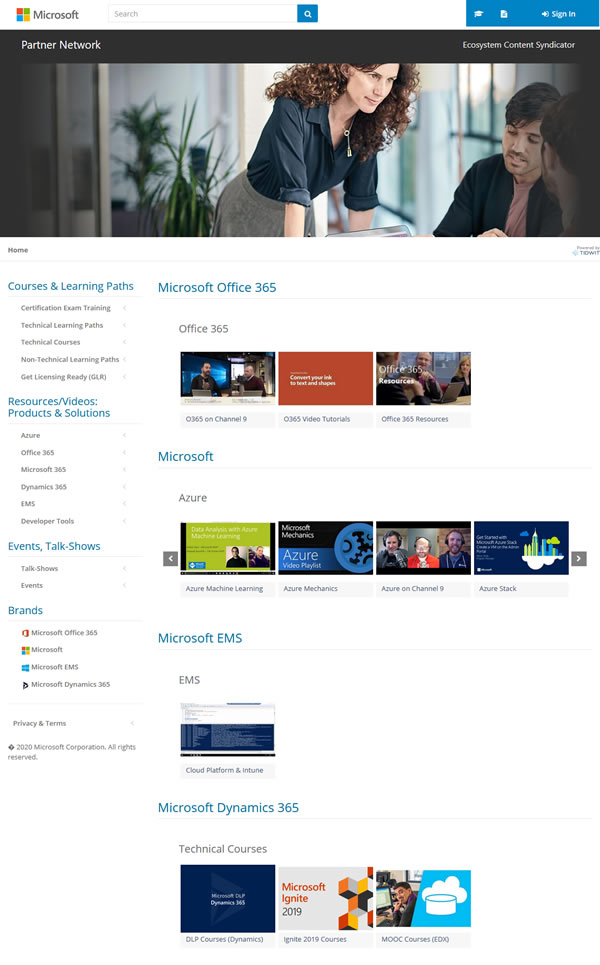Menu
"TIDWIT allows us to capture the full power of our ecosystem."
commerce platform provider, customer success manager
TIDWIT places Partner Experience at the forefront of the platform. Unlike traditional partner portals or partner-facing Learning Management Systems (LMS) that offer a fairly rigid partner experience (PX), the TIDWIT Ecosystems platform has been architected from the ground-up to provide optimal flexibility and extensibility. Here’s how it’s different:
TIDWIT Ecosystems Architecture: TIDWIT enables organizations to create digital ecosystems instances on the fly, interconnect them, as well as branch them out by creating communities or groups, ecosystem segments and microsites. With TIDWIT, organizations can easily create an ecosystem for users to interface directly with, an ecosystem that is sliced into multiple communities or groups, a segmented ecosystem which gets branched out into microsites, or an ecosystem that is connected to other partner ecosystems. This architectural flexibility helps ecosystem admins to easily and quickly launch, manage, and measure their ecosystems.
TIDWIT Ecosystems Customized & Curated Views: TIDWIT provides the ability for administrators to fully customize their organization’s user interface. Customization is as simple as adapting the overall look and feel of an instance to the general branding of an organization. Additionally, it can better manage the intricacies of how sections and libraries get organized, how content gets curated/shown and who it is shown to based on certain user profiles and tagging rules. For example, an ecosystem administrator may launch two ecosystem microsites–one meant to serve the sales and marketing staff and another to serve the technical staff. The relevant content will then flow dynamically based on certain rules (such as tags or source) to be surfaced on the respective microsite. Users benefit in that they enter pre-curated environments, saving time in sifting through irrelevant content



TIDWIT Customized Front-Ends with API Integration: With TIDWIT APIs, organizations can fully develop customized front ends to meet their user needs. This provides design flexibility whether an organization wishes to simply provide a different look and feel, create specific mobile apps, or integrate with other systems such as LMS or Enterprise Content Management Systems.
Using TIDWIT Ecosystems Platform UX: TIDWIT instances provide a modern UX, offering ease of use and access in case the organization prefers it over non-intuitive legacy systems. Regardless of the UX, the data can still be interchanged without much trouble via the TIDWIT API Integration Pack.
Integrating into Organization’s UX: TIDWIT APIs allow organizations to integrate into environments where their users already are—such as Learning Management System, Enterprise Content Management System, or even HR system. This provides organizational users the same access and UX from within the systems that they are most accustomed to. The TIDWIT API Integration Pack provides all the necessary backend nuts and bolts to make the front-end UX seamless. The ecosystem becomes the content feed—circumventing the need to send users off to a multitude of different partner sites. Powered by TIDWIT ecosystem APIs, users will be able to complete a full journey of discoverability (searching and finding), SSO Access, as well as functional completion and reporting (accessing and measurement) from within the pre-existing systems that they are already familiar with.
Integrating into Provider’s UX: In case publishers prefer users access their own exogenous portals for their own experience, a third and final option is to still provide seamless integration through the ecosystem. By offering discoverability and SSO–while at the same time assuring data-interchangeability—user organizations still get the necessary metrics. The advantage here is for organizations is to circumvent point-to-point integration with providers. The TIDWIT Ecosystems network, which they are already connected to, makes it a snap with no development work required.
© 2022 TIDWIT Inc. – All rights reserved